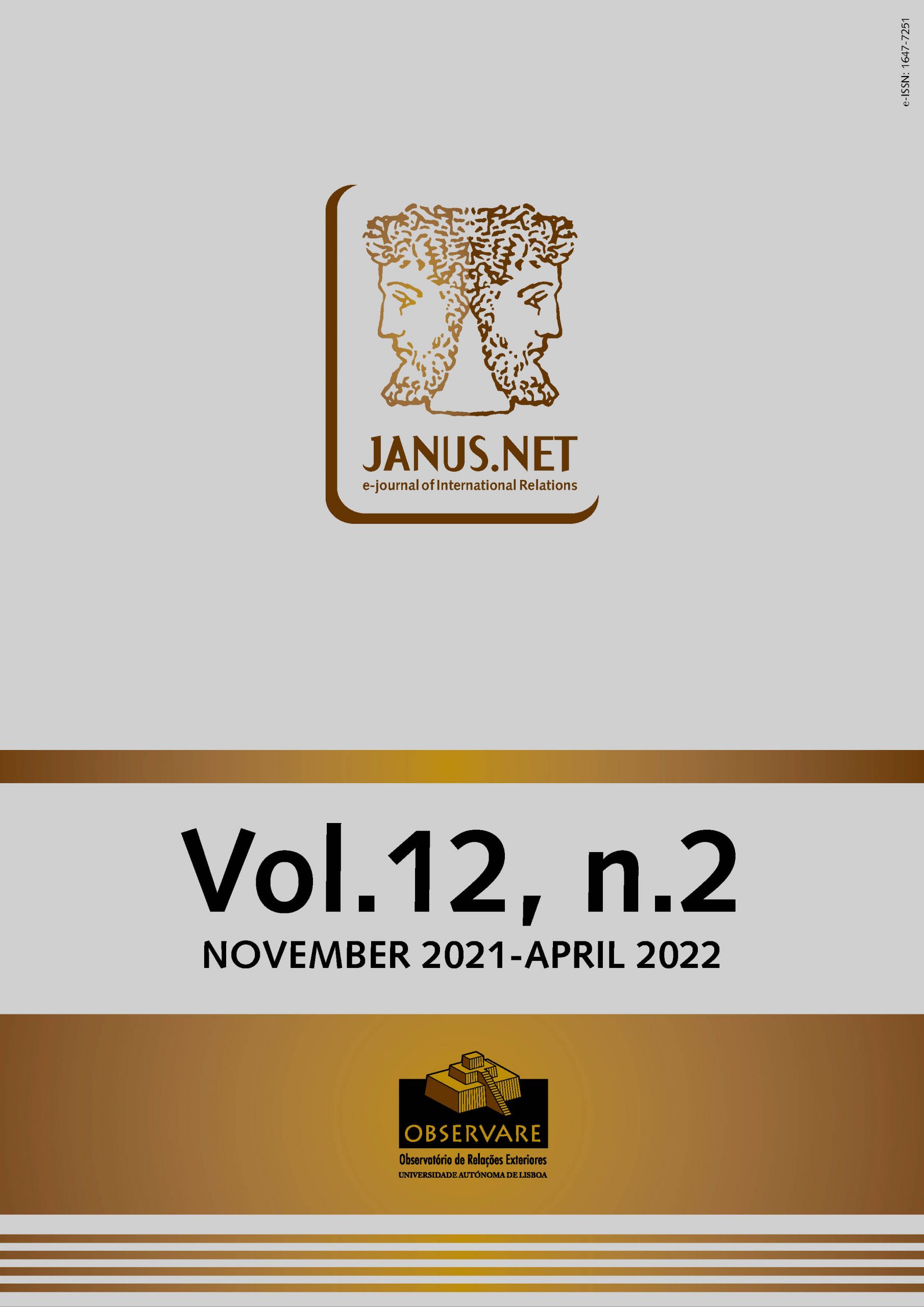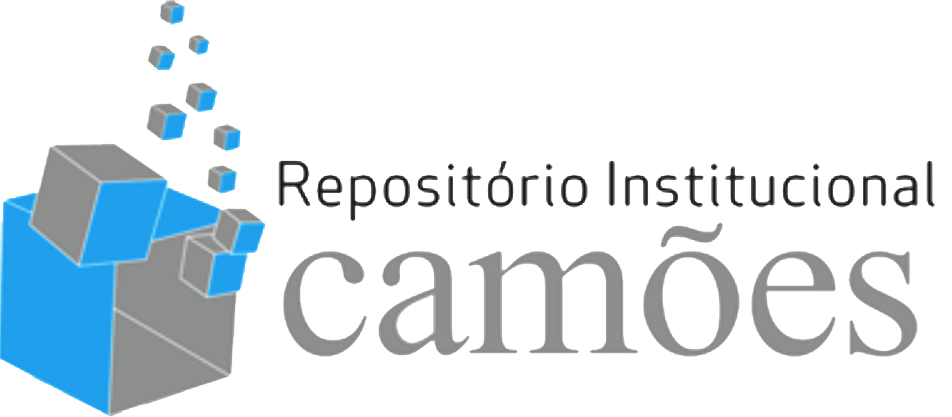The central proposal of this paper is to approximate a theoretical model of women in criminal violence based on some Central American dynamics. Through process tracing, the stages of women as recipients of violence and women as vehicles of violence are raised. Indeed, the relationship between gender and criminality reveals the interaction between two fundamental facets: underground integration and criminal governance in the region. Underground and criminal integrations are found to be much more effective to perform because transaction costs between actors are lower, while, between states, by their own configuration, there are more limitations and robust integration costs due to variables such as sovereignty, politics, economy, and security. Based on the above, it should be mentioned that the reduction of violence against women does not lie in the increase in penalties, but in the effective functioning of justice operators. A reduction of such phenomenon must be based on greater agility of investigations and the strengthening of criminal policy, to minimize the capacity for action and coercion. On the other hand, the effectiveness of the policy seeks to increase persuasion against potential members of criminal networks to desist from their participation.
BIDIRECTIONAL VIOLENCE: A CRITICAL APPROACH TO CENTRAL AMERICAN WOMEN
Associate Professor of the Faculty of Economics, Business and Sustainable Development, attached to the Business and International Relations program at La Salle University (Colombia).
PhD in international law from Alfonso X el Sabio University, Master in national security and defense from the War College and professional in politics and international relations from Sergio Arboleda University.
Assistant Professor of the School of Politics and International Relations of Sergio Arboleda University, master in politics from the University of Salamanca and professional in politics and international relations from Sergio Arboleda University (Colombia).
Resumo
Palavras-chave
Como citar este artigo
Niño, Cesar; González, Camilo (2021). Bidirectional violence: a critical approach to Central American women. Janus.net, e-journal of international relations. Vol12, Nº. 2, November 2021-April 2022. Consulted [online] at date of last visit, https://doi.org/10.26619/1647-7251.12.2.4
Article received on 22 September, 2020 and accepted for publication on 3 September, 2021















